- info@naturebylennart.com

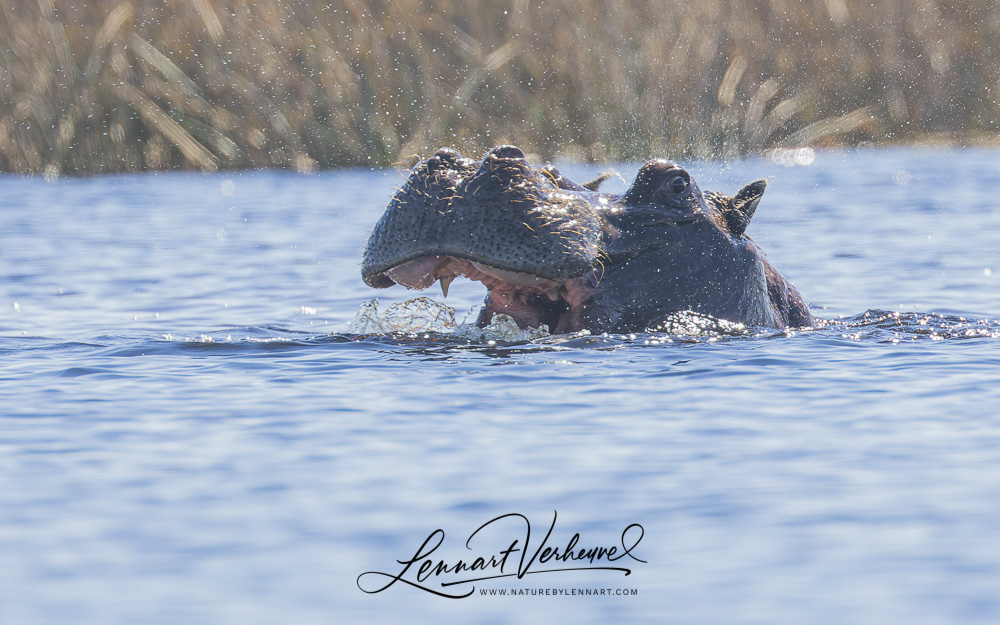
The Okavango Delta is the largest delta in the world that is not connected to a sea and I was able to visit a small part of it. The most obvious way of transport in such an area with a lot of water is of course a boat, but large areas of the Okavango are very shallow: about half a meter. That’s why local inhabitants have used hollowed out tree trunks, mokoro’s, for ages to be able to move around quickly in this swamp. Nowadays it’s mainly a tourist business and the mokoro’s are now made of plastic. It all works still the same though! Two people sit together in a mokoro and on the stern stands a guy that keeps the whole thing going. Our plan was to spend the night with our group in the Okavango. We would go there in a mokoro and the next morning we would do a bushwalk. So at the end of the afternoon we sailed into the Okavango, which that was already a very nice experience on its own.
The next morning we went into the bush by foot and we saw our first Giraffes.
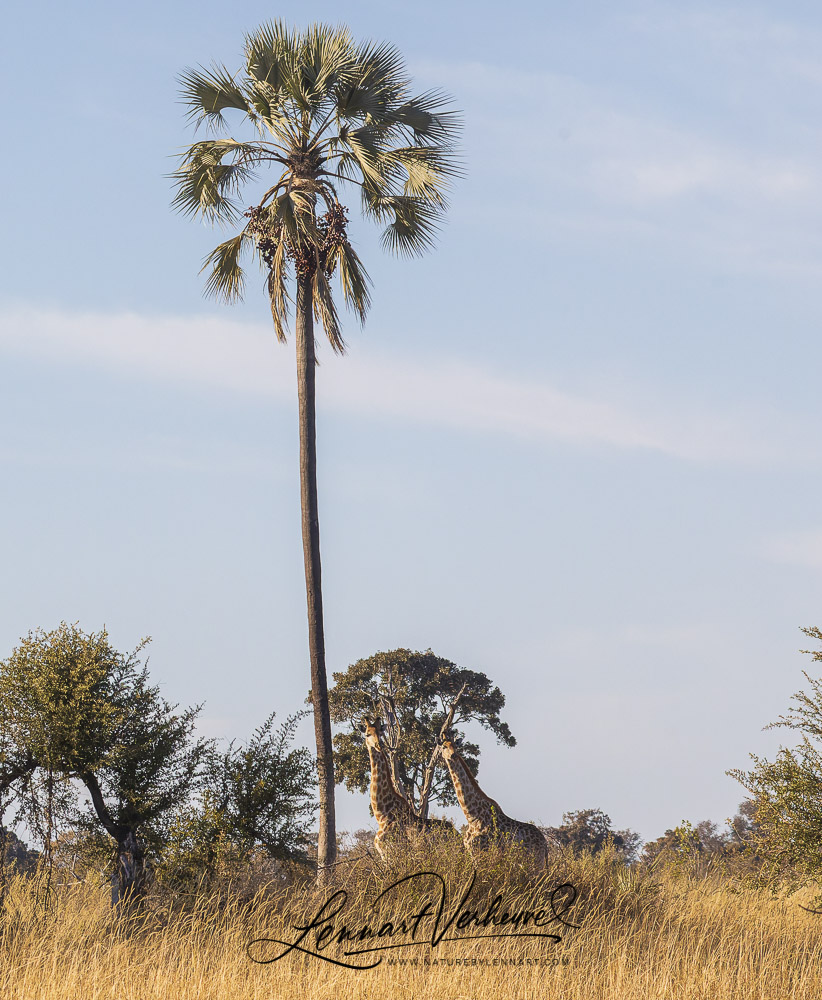
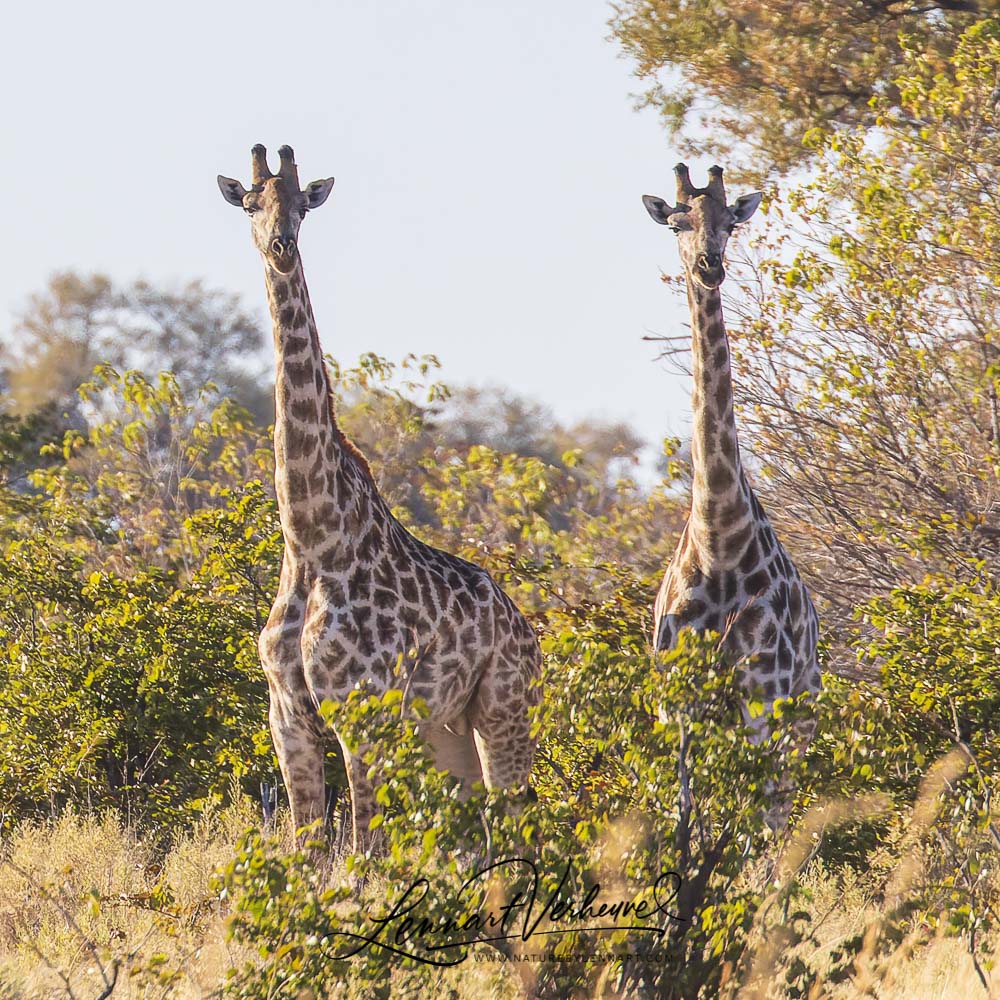
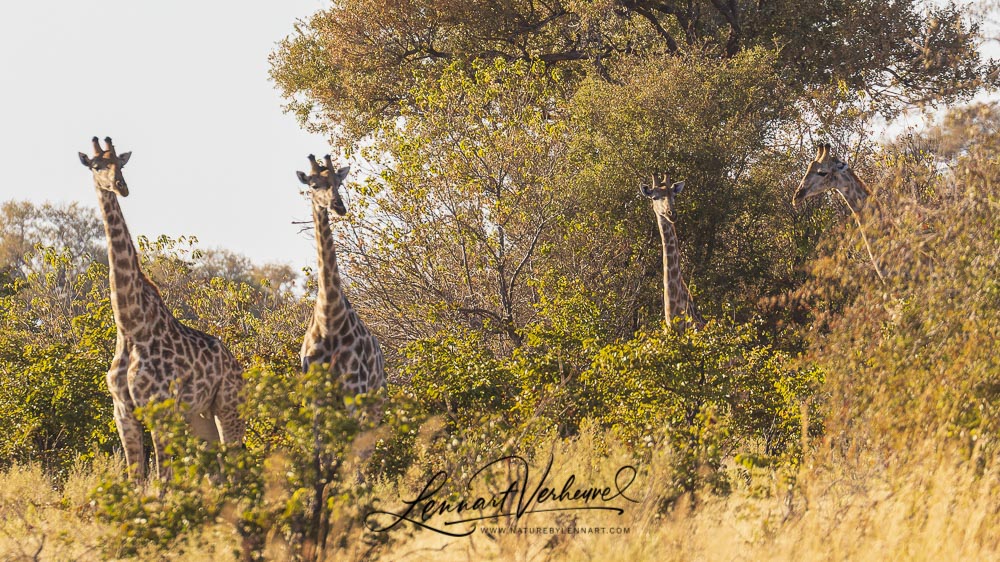
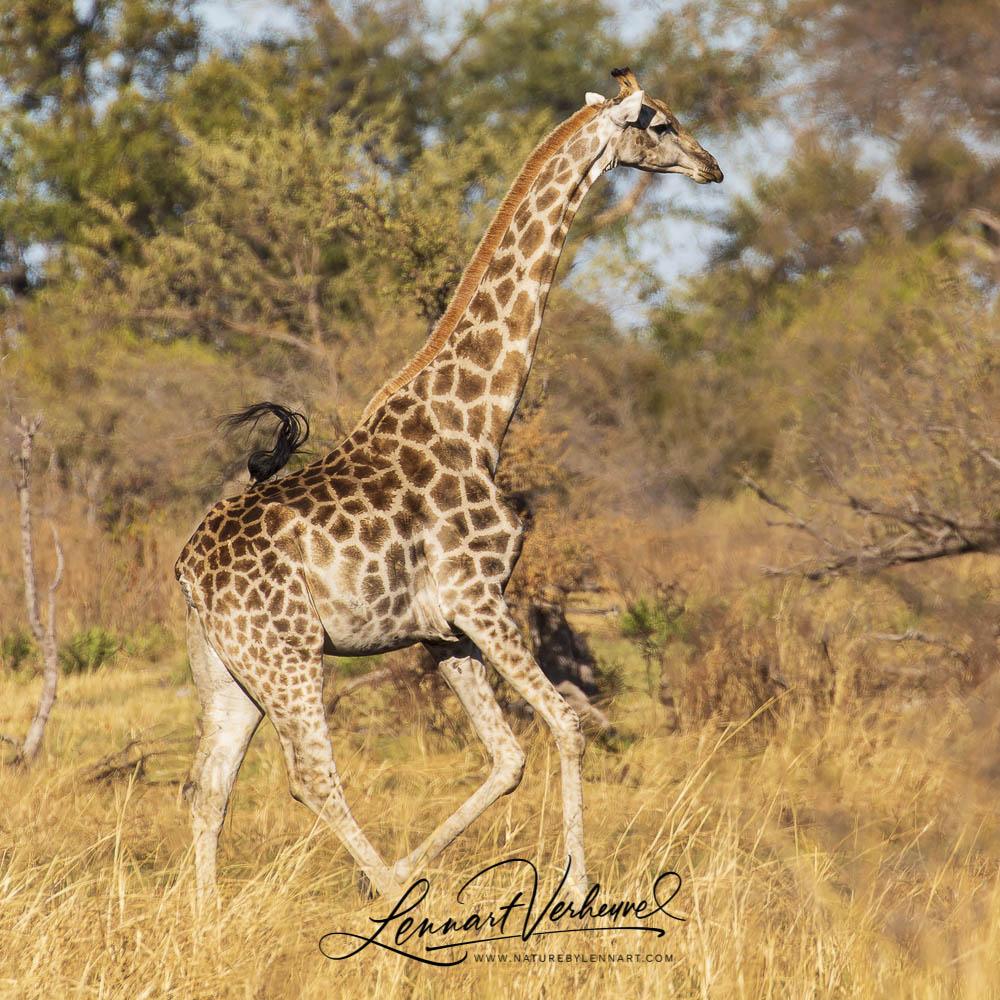
Giraffe
Also a Warthog came running by, which kept its tail straight upright in a funny way while running.
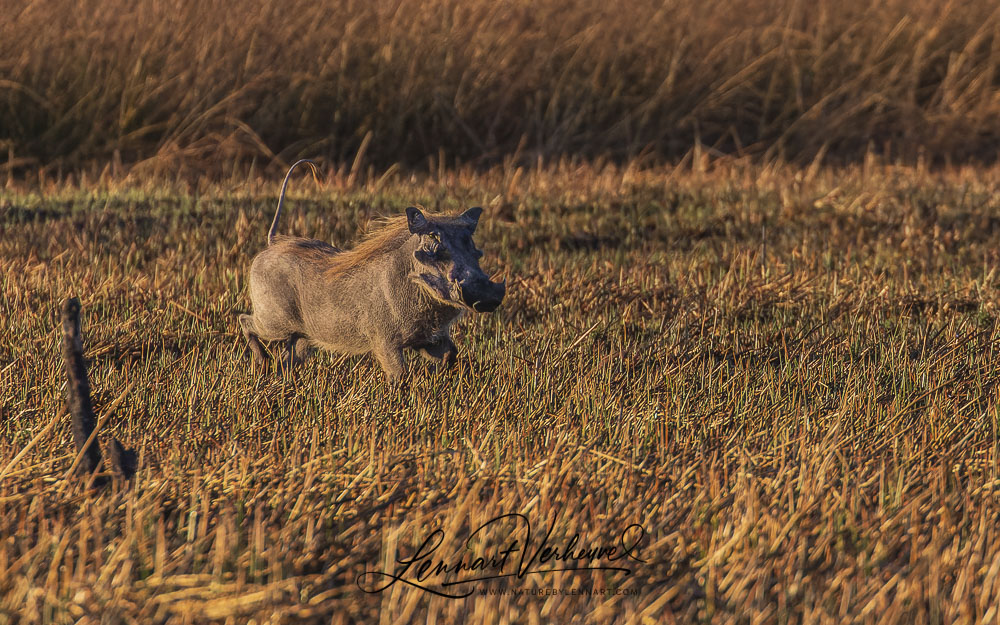
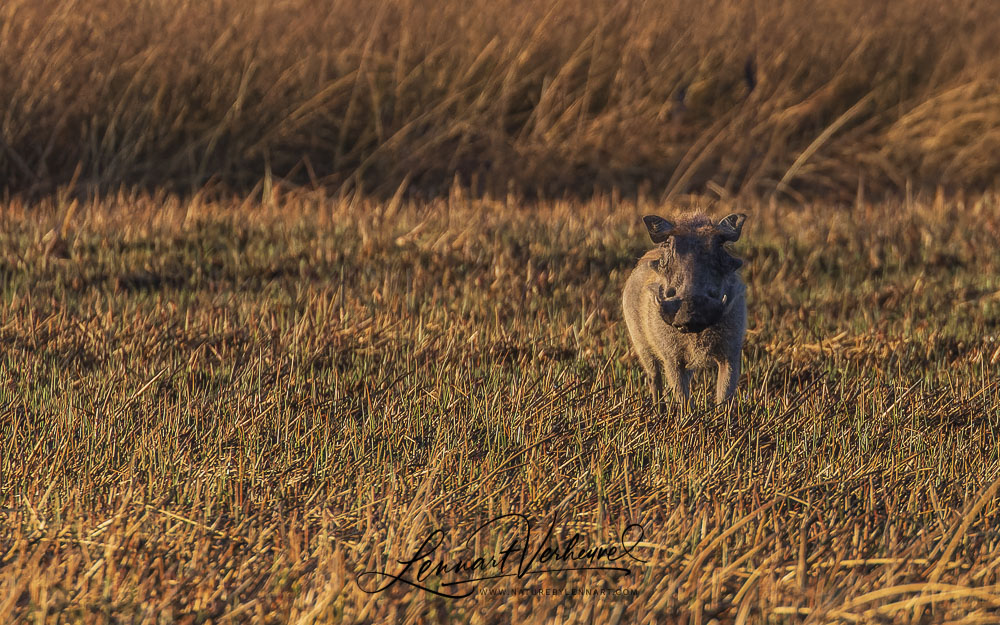
Common Warthog
Groups of Zebra’s and Wildebeests were also running around, while we were walking between grass which was sometimes up to a meter high and a Bateleur soaring above it all.

Plains Zebra
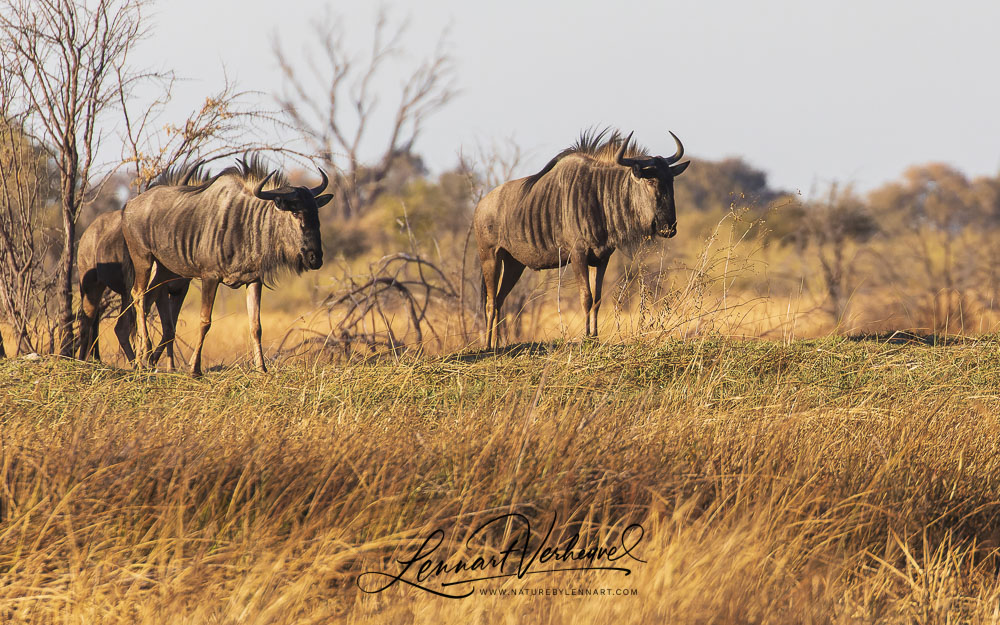
Blue Wildebeest
It was a very special experience. This felt way different than driving through a safari park in a car! Sadly we did not encounter any large predators, but hopefully we would see them before the trip is over. I was very glad with two Wattled cranes though: this is a rare species to see in the world and the Okavango was supposed be one of the best places to see it.
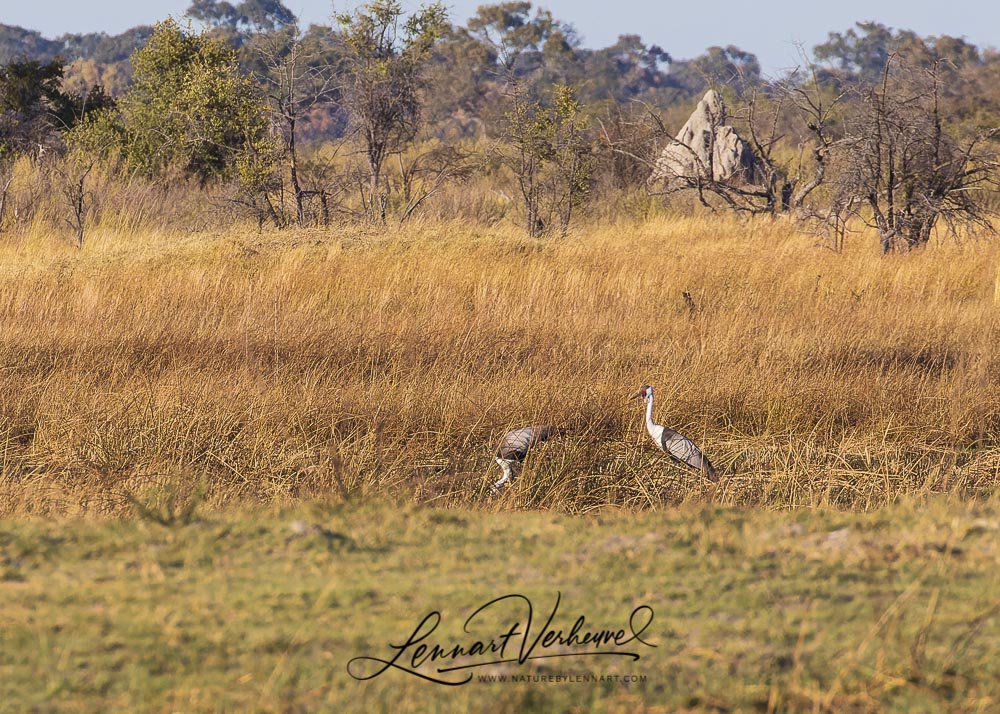
Wattled Crane
When we return after the bushwalk, it’s almost time to leave. For me it would get even better though. I have been talking a local guide that is also on the mokoroteam. More than the other guides he is also interested in birds, so we’re bonding over that. After we return in the camp he motions to me that I should follow him. He is going to give me a private tour to some Hippo’s that are bathing close by! Not soon after we are lying still in the reed, waiting. It doesn’t take very long when suddenly a giant head comes out of the water and opens a jaw the size of a car hood.


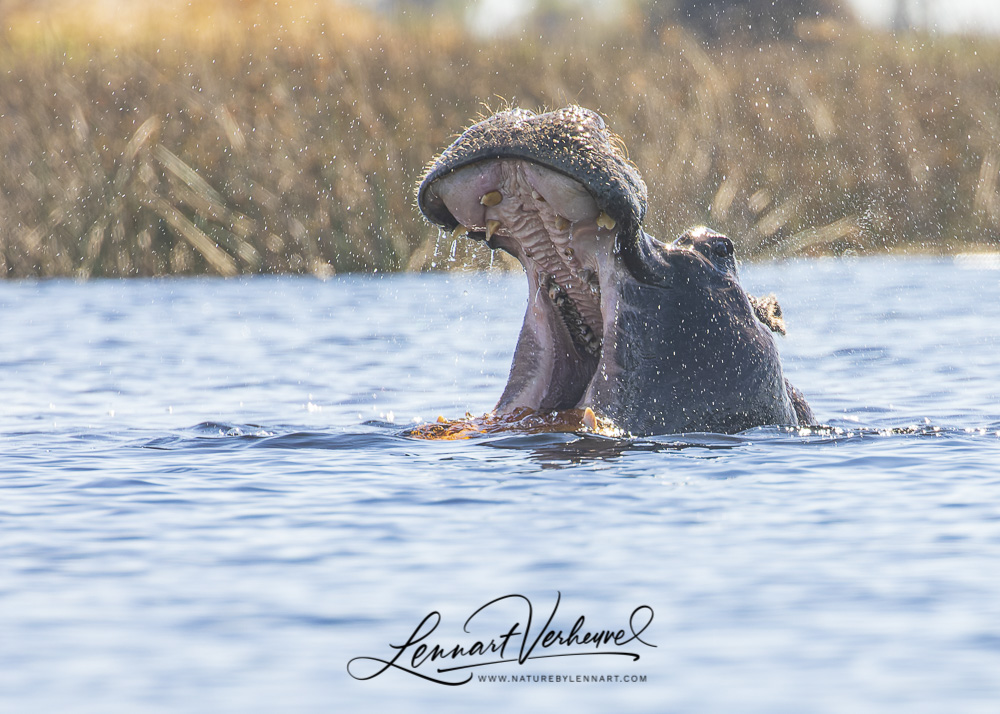
Common Hippopotamus
Cool! So there we are, just the two of us in a little boat, with the hippo’s at a short distance in front of us while they are relaxing and making all kinds of weird noises: a very special experience!
A bit farther away a group of Red Lechwes is grazing. These are antelopes that depend on water. Usually they are not easy to approach but against the wind we are able to carefully move closer with the mokoro. The animals look at us curiously, but don’t move away. Slowly we drift closer. Then they decide it’s enough and move away.
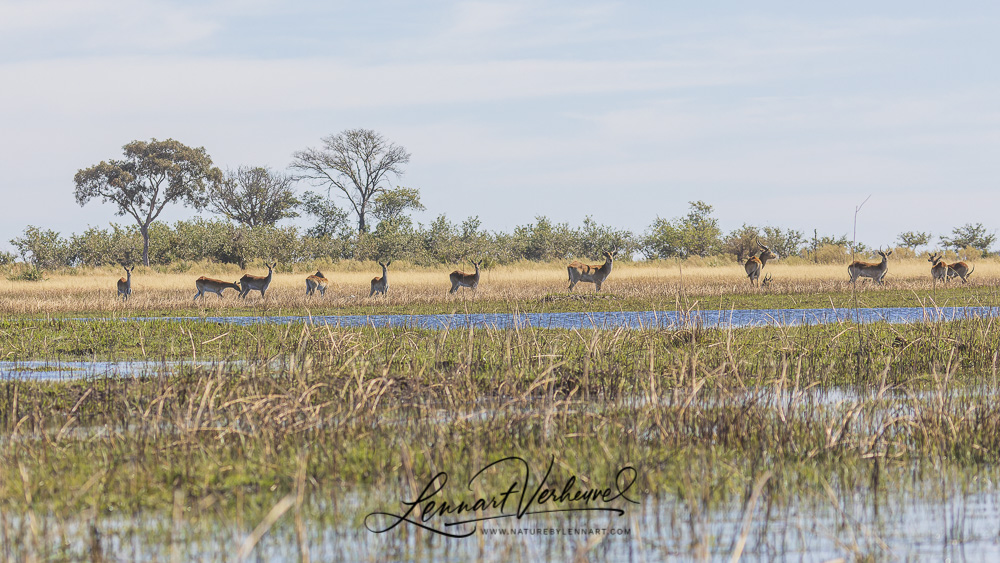
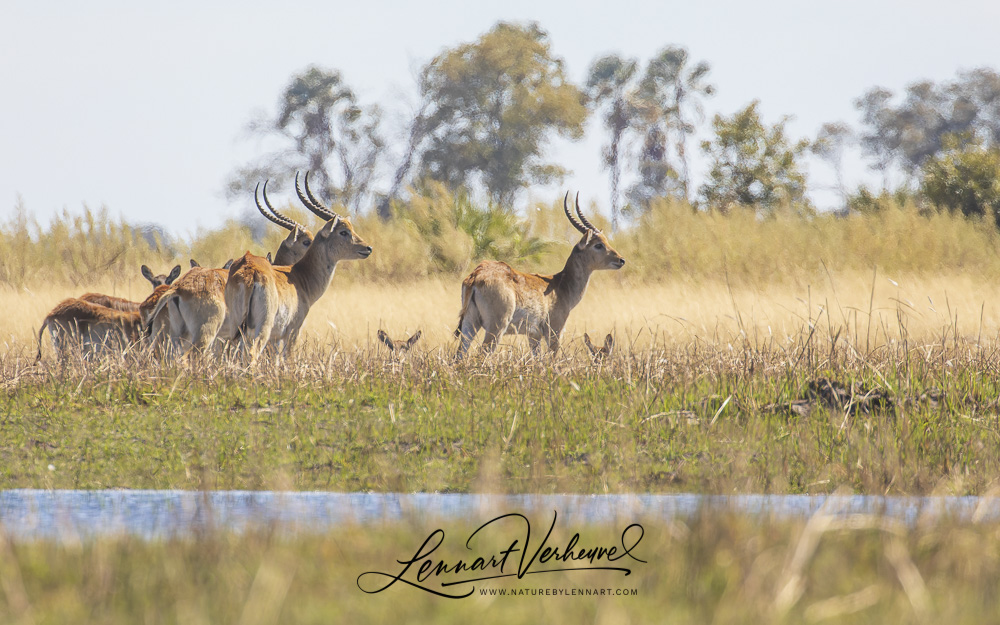
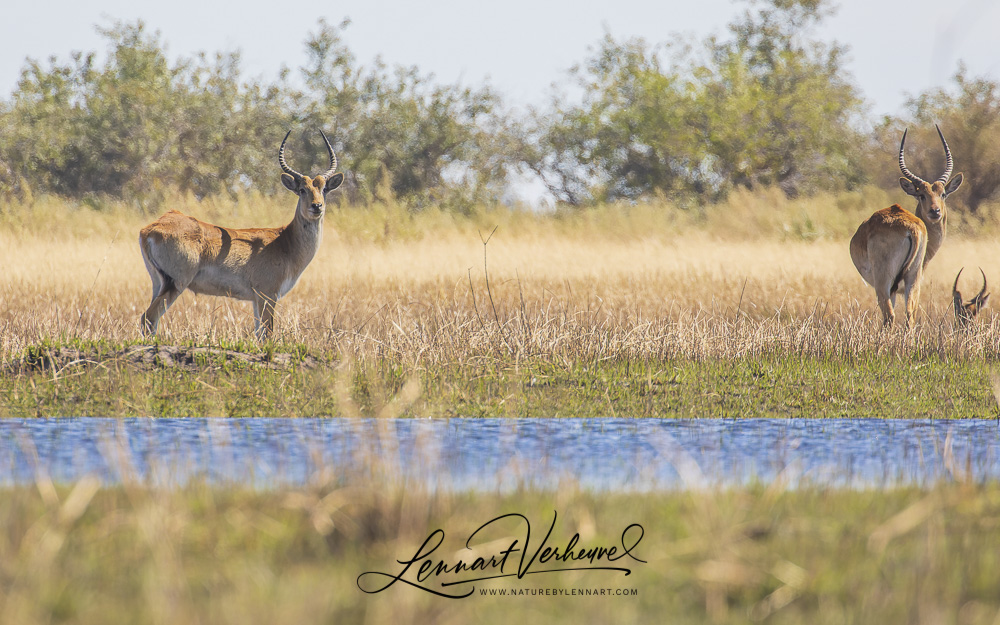
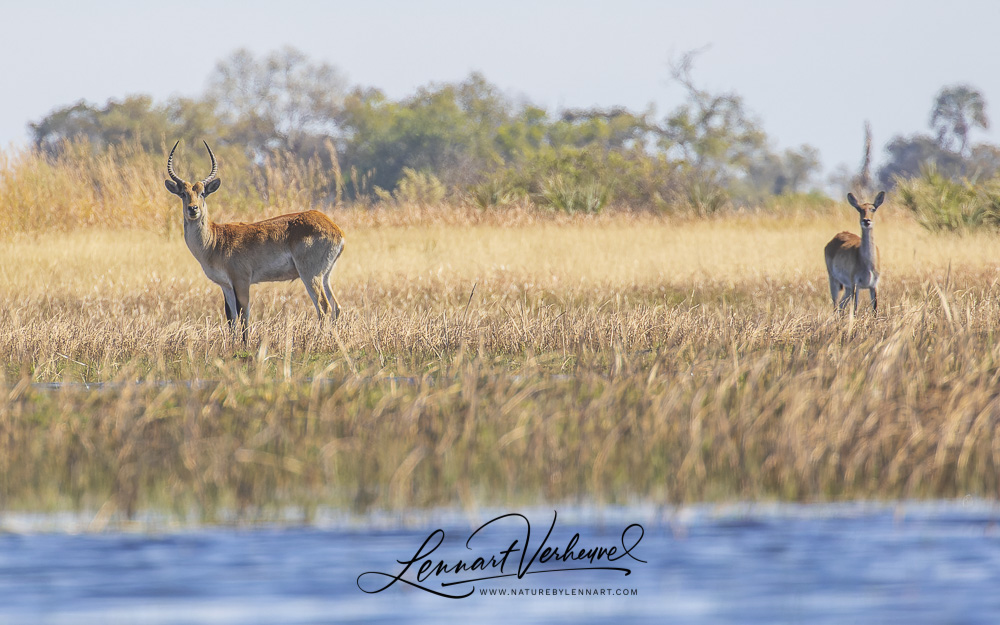
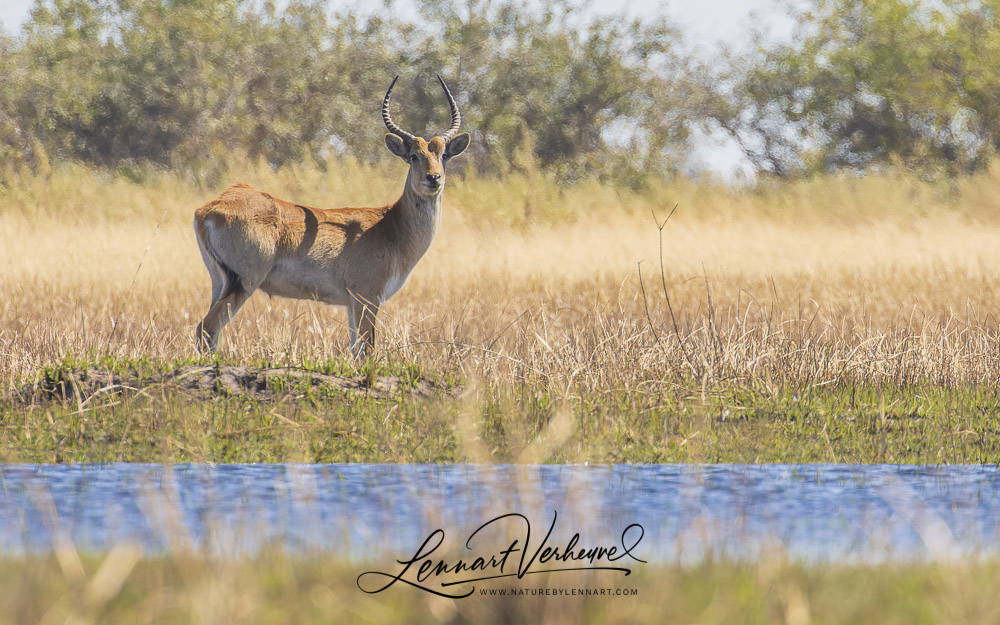
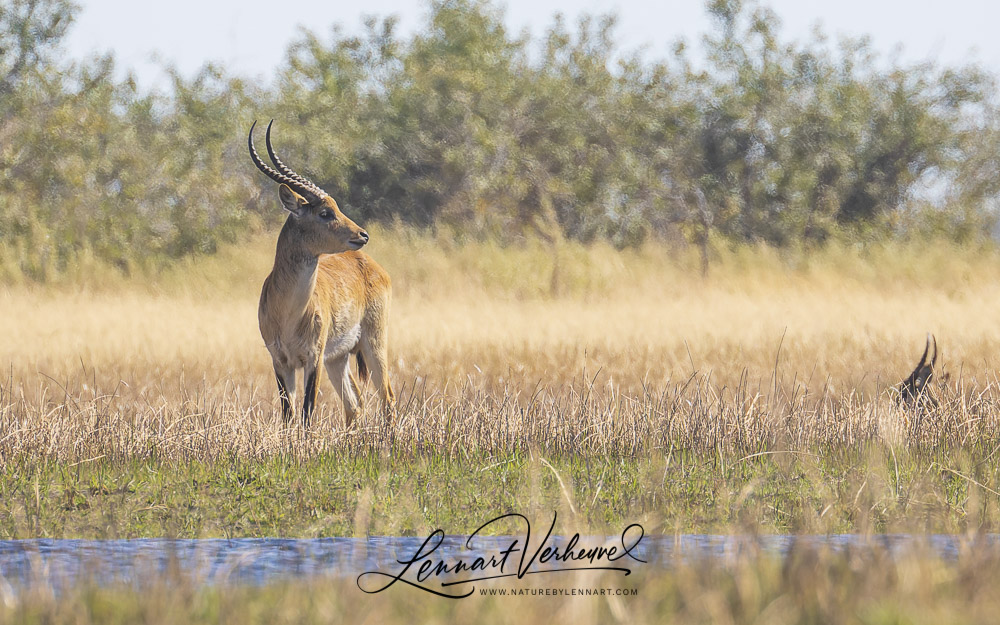
Red Lechwe
As we sail back a group of Whiskered terns flies by and a Malachite kingfisher sneaks away before the mokoro. Sadly we can’t stay longer in Okavango, but this is certainly an area that I would like to return to someday!
For more from my Africa trip see the links below:
How about my encounter with a Cheetah and a Leopard on the same afternoon!
Or a very nice savannah experience involving a lion, jackals, vultures and Secretarybirds!
I also wrote some posts about the specific birds of Africa: birds of the African swamp, birds of the African garden, birds of the savannah and a hornbill special.
And also some posts about other iconic mammals of Africa: elephants and several ungulates.
I also invested in landscape photography of the Okavango and we enjoyed other amazing landscapes like Sossusvlei and Spitzkoppe.